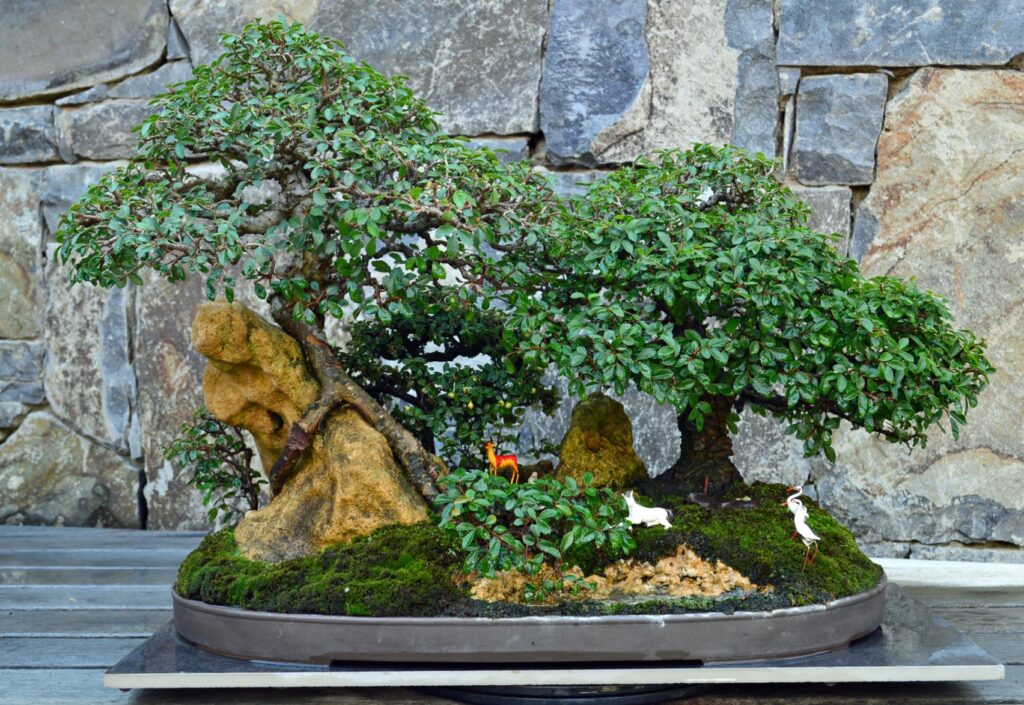‘What on earth is a climate change garden?”, I hear you ask.
A climate change garden is a garden better equipped to handle extremes in temperature, flooding, drought and unpredictable weather. It’s a savvy garden space which uses careful planning, observation and innovations to insure your garden into the future. Moreover, a climate change garden will provide much needed habitat and food for wildlife and beneficial insects, and will also make your home more energy efficient and liveable.
Some inclusions in climate change gardens:
- Living windbreaks and screening plants, particularly in wind-prone areas and those receiving hot afternoon sun. Windbreaks filter pollution and dust, as well as create micro climates for protection of more sensitive plants, wildlife and people. Using a variety of hardy species reduces the risk of losing the entire crop to species-specific pest and disease problems, as well as unforeseen cultural vulnerabilities.
- Raised garden beds to protect plants from flooding.
- Permanent or temporary shade cloth cover, particularly in veg and fruit growing areas. Including areas with light shade cover, around 20%, will protect plants from extremes in temperature, heavy rain and hail. It will also reduce evaporation.
- In rural areas, gravity fed backup watering in the event of prolonged power outages.
- Swales, dry creek beds and other innovations designed to make the most of any rainfall received.
- Plants more tolerant of both low and high temperatures, dry and periods of waterlogging. Select plants and utilise garden styles which require little or no additional water once established. Prairie-style, New Perennial movement and Xeriscaping are low water use gardens which spring to mind.
- Promoting species-rich and diverse gardenscapes; monocultures are significantly more vulnerable to being wiped out. This goes for the productive garden too; planting a variety of plants over a staggered period and with different flowering and fruiting times, means there is always something performing well in any given season.
Breaking the bonsai glass ceiling

In a traditionally male dominated field, the National Bonsai and Penjing Collection of Australia is celebrating ‘Women in Bonsai’ during Bonsai Week, 25-31 March.
Recognised international experts Heike van Gunst and Sandra Grlica from Germany are the guest stars.
When asked why the theme was chosen, Leigh Taafe, curator of the National Bonsai and Penjing Collection of Australia, said “Why not? The international bonsai stage is heavily dominated by males and we have never had an all-female international lineup present in Australia, I thought it was about time we did.”
Seen as a hobby for older men in Japan, bonsai is having a resurgence in popularity amongst the younger generations who are looking for an outlet to be creative and connect with nature. This is helped by a new generation of young male and female artists who are taking to the digital stage and demystifying the ancient art.
If you’re interested in bonsai but don’t know how to get started, there are free demonstrations and tours during Bonsai Week. Beginner bonsai workshops are being held throughout the week where you’ll get to pot and style your own bonsai.
For more information: nationalarboretum.act.gov.au
For more:



